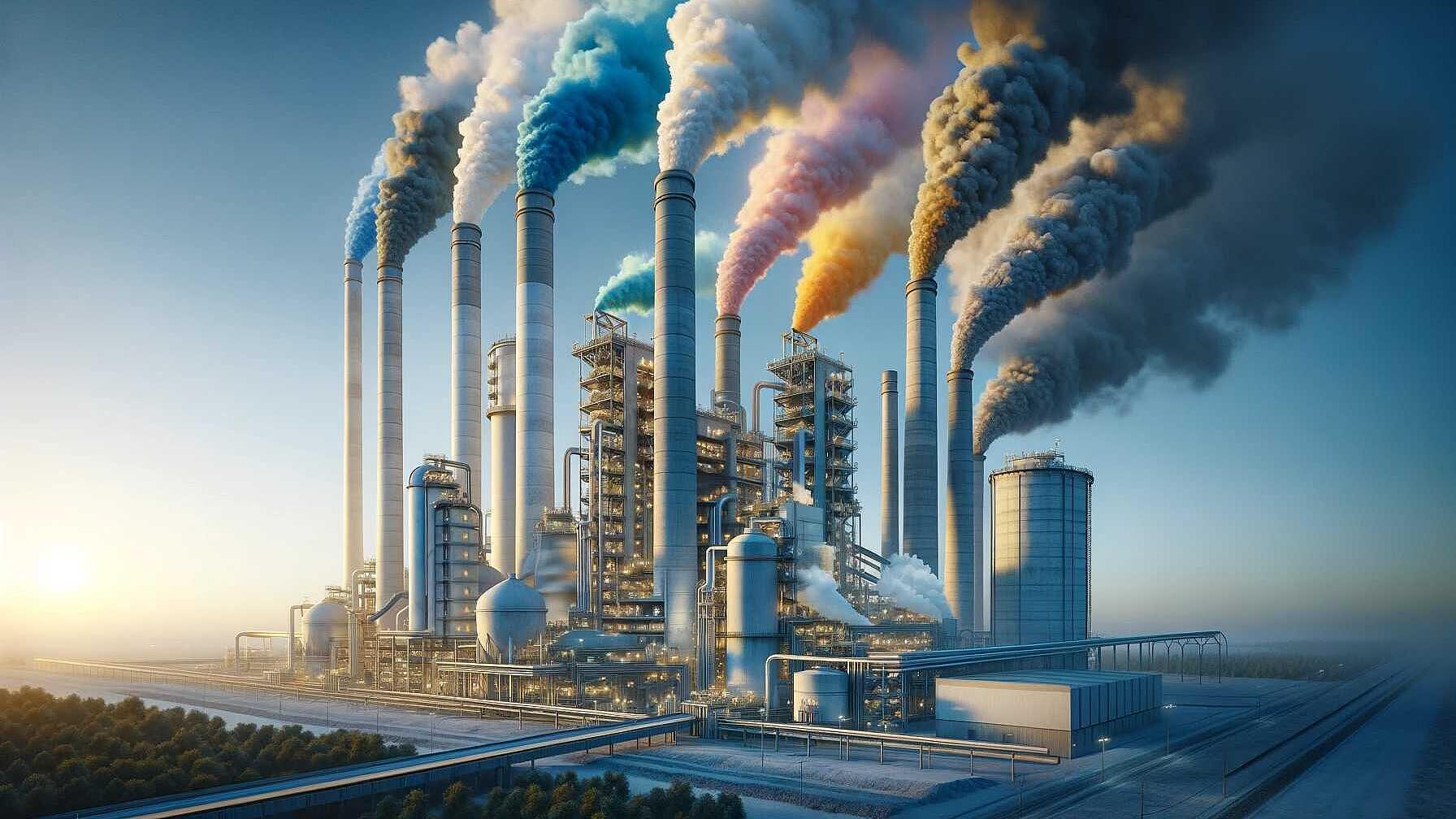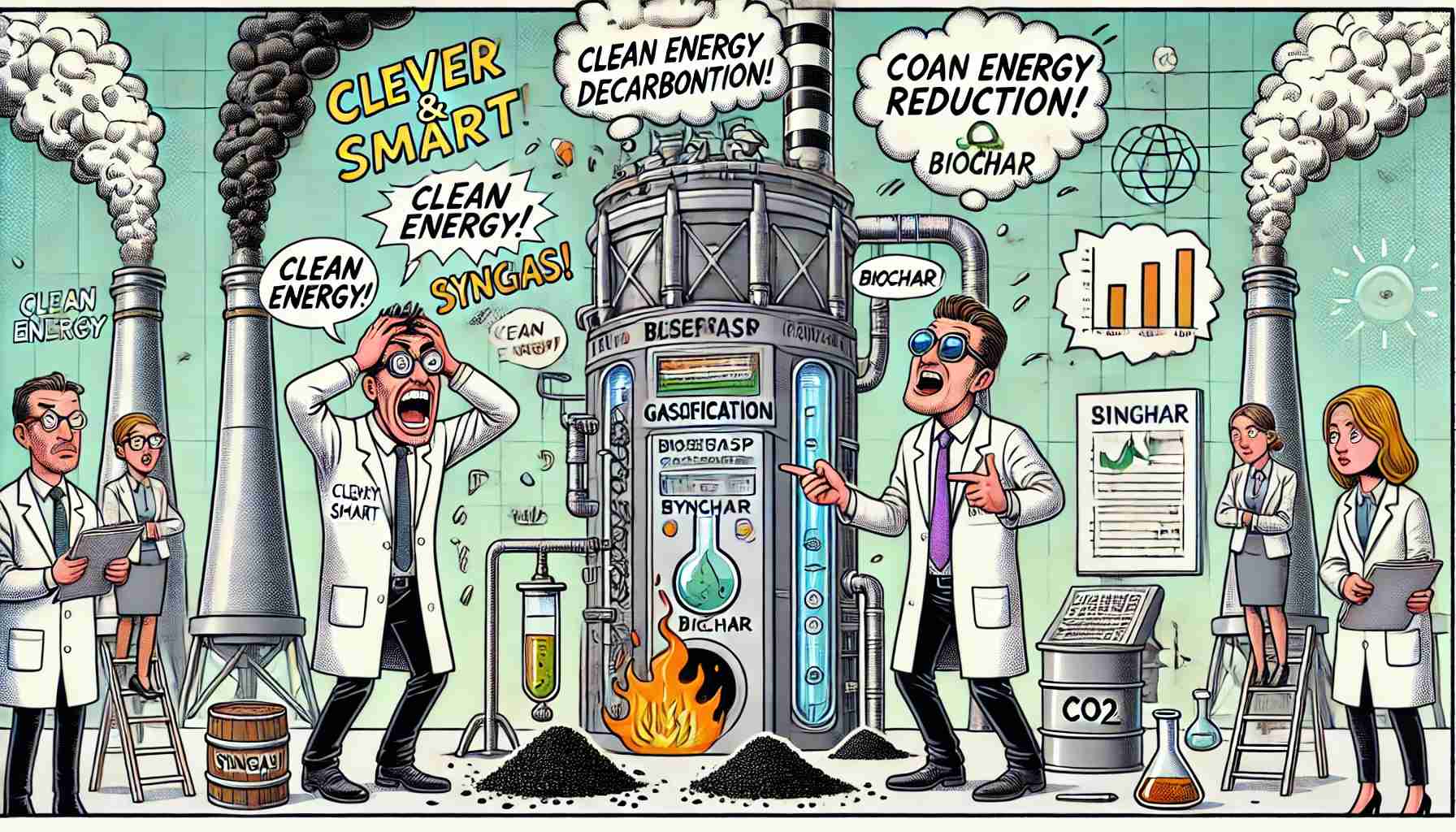 Search Result
Search ResultEmissions Impacts of Alternative Fuels Combustion in the Cement Industry
Authors: Ali Hasanbeigi, Navdeep Bhadbhade With over 7% of global CO2 emissions, decarbonization of the cement industry will play a key role in achieving the Paris Climate Agreement targets. The deep…
Read Full articleIs the future synthetic? E-fuels and the future energy system
I’ve previously talked about the challenges of finding an energy source for industries needing a source of concentrated energy such as aviation or even space flight . In my discussion I highlighted…
Read Full articleBiomass Gasification: A Key to Decarbonizing Energy-Intensive Industries
The following article is a summary of the Scientific publication: “Techno-Economic Feasibility of Biomass Gasification for the Decarbonisation of Energy-Intensive Industries” delivered by the EU…
Read Full articleThe possibilities and limitations of Geothermal energy
You’d think that in today’s world, the average Joe doesn’t need much more convincing that renewables are the future of energy. It’s no secret that the fossil fuels we currently use to fuel our modern…
Read Full articleBioenergy and Solid Biomass: A Renewable Solution for Industrial Heat Processes
Bioenergy, derived from solid biomass, represents a significant portion of the European renewable energy mix. Accounting for around 60% of the total, it plays a crucial role in the production of…
Read Full articleDeep decarbonisation of industry: The cement sector
Headlines Fossil fuel combustion to meet heating needs accounts for 35% of cement’s CO2 emissions. The remaining 65% are due to direct process emissions, which must also be addressed. The biomass use…
Read Full articleEnergy storage - an effective weapon in the fight against emissions
With the rising temperatures and more frequent natural disasters caused by extreme weather, the debates about lowering or even eliminating CO2 and greenhouse gasses are getting more intense.…
Read Full articleElectric cars better for climate in 95% of the world
Fears that electric cars could actually increase carbon emissions are unfounded in almost all parts of the world, new research shows. Reports have questioned whether electric cars really are ‘greener’…
Read Full articleTop 10 Facts about Electromagnetic Processing
Electromagnetic processing technologies use wavelengths in the electromagnetic spectrum that correspond to microwave, radio waves, infrared, and ultra violet to heat materials. Direct heating methods generate heat within a work piece, by either passing an electrical current through the material, or inducing an electrical current (eddy current) into the material. These technologies offer…
Read Full Business PracticeCost analysis of alternatives to natural gas in food, chemical and glass industries
The European natural gas market has been under tension for the last year in the context of the post-covid economic recovery and, lately, the war in Ukraine. This gave rise to growing awareness about…
Read Full article







